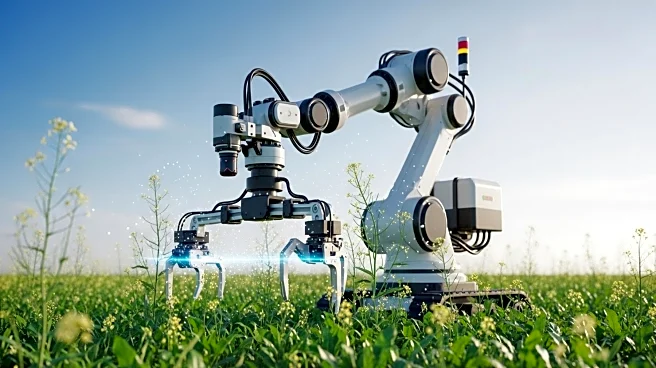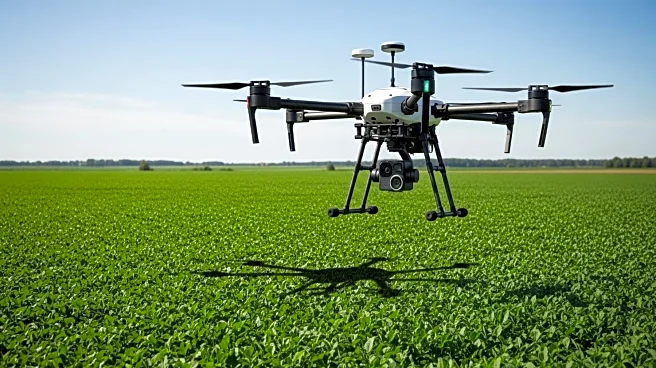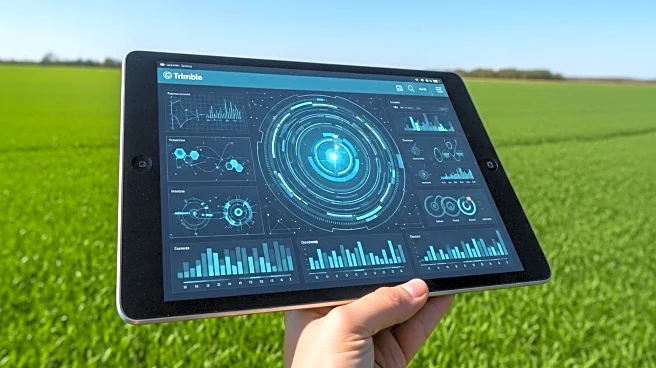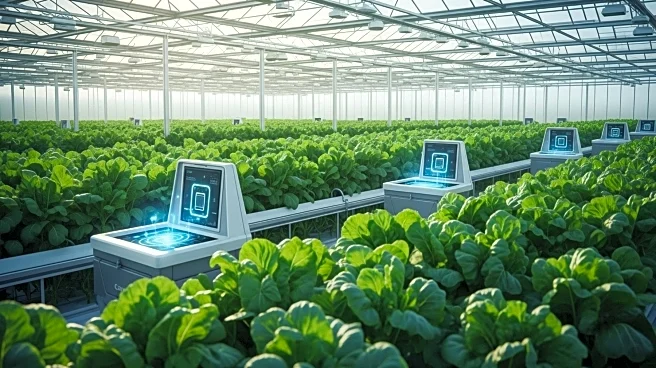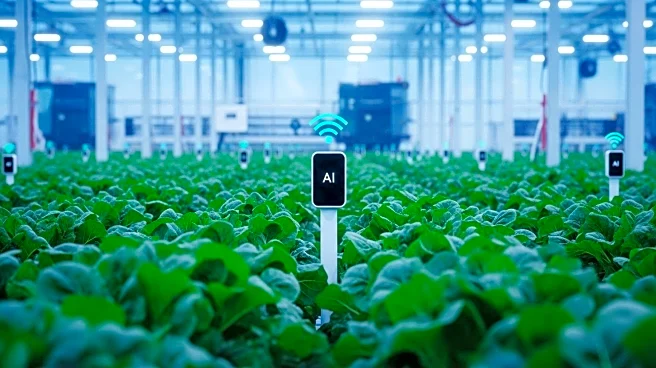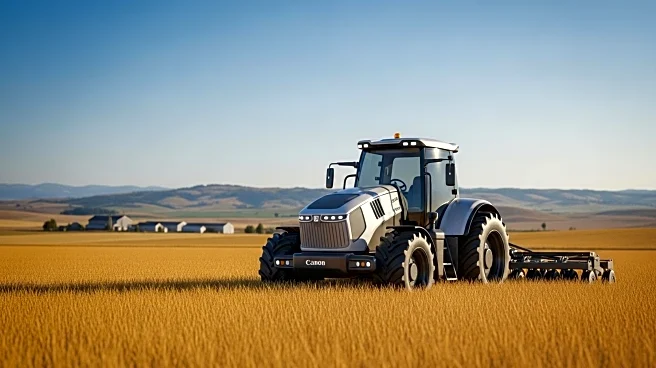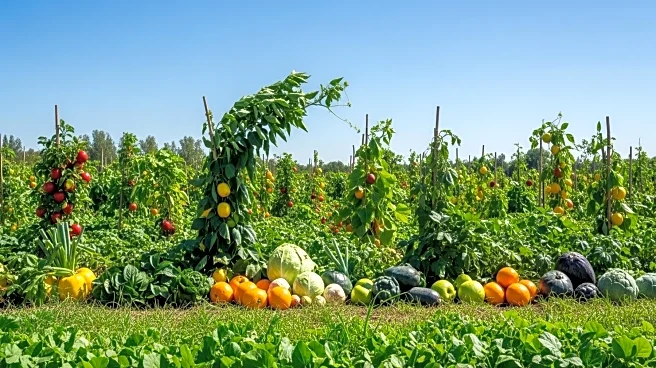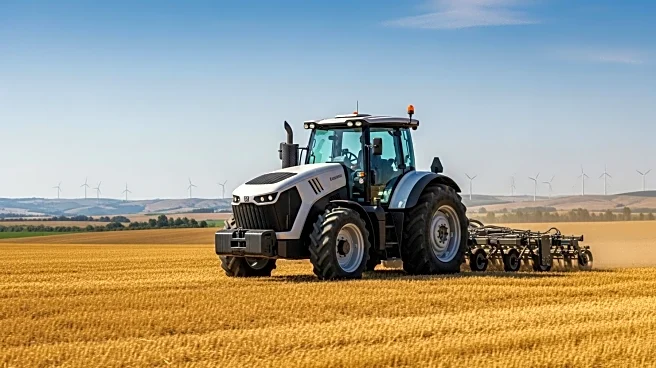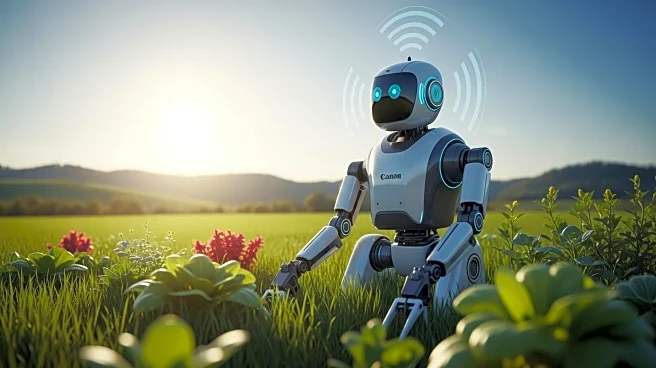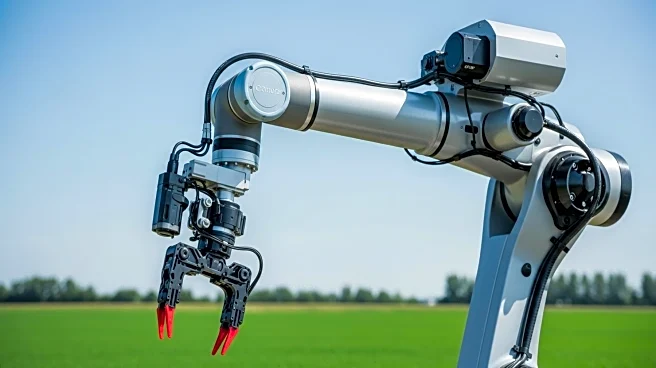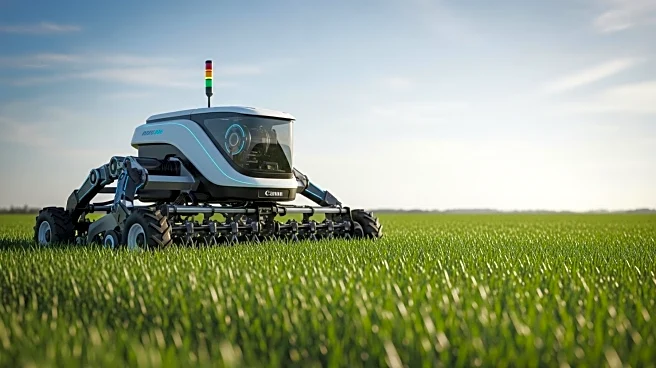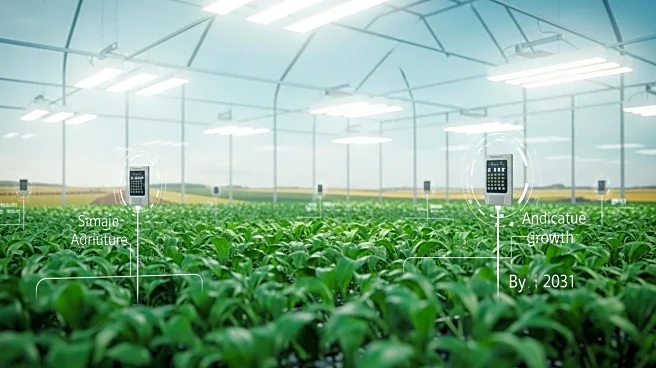What is the story about?
What's Happening?
The global robotics in agriculture market is experiencing significant growth, with projections indicating it will reach $84.19 billion by 2032. This growth is driven by the increasing adoption of autonomous farming equipment and AI-powered automation, which are transforming traditional farming practices. The market was valued at $15.78 billion in 2024 and is expected to grow at a compound annual growth rate (CAGR) of 23.28% from 2025 to 2032. Key factors contributing to this expansion include labor shortages, rising labor costs, and a global focus on sustainable agricultural productivity. Autonomous tractors, drones, and robotic harvesters are becoming essential tools for large-scale farming, offering precision, cost savings, and scalability. North America leads the market in adoption, supported by strong government backing and widespread mechanization, while Asia-Pacific is emerging as the fastest-growing region due to technological penetration and agricultural modernization efforts.
Why It's Important?
The rise of robotics in agriculture is crucial for addressing labor shortages and enhancing productivity in the farming sector. As traditional farming faces challenges such as high labor costs and the need for sustainable practices, robotics offers solutions through automation and precision technology. This shift not only improves efficiency but also supports environmental stewardship and real-time monitoring. The integration of AI and IoT in farming operations enhances crop monitoring, irrigation control, and resource optimization, leading to greater profitability and sustainability. The market's growth reflects a broader trend towards digital agriculture, which is essential for ensuring global food security and sustainable farming practices. Major players like John Deere and Carbon Robotics are driving innovations that are reshaping the agri-tech landscape.
What's Next?
The continued investment in agricultural robotics is expected to further revolutionize the industry, with advancements in vertical farming robotics and AI-driven precision farming capabilities. As governments and private investors increase support for agri-tech adoption, robotics will become increasingly essential for large-scale farming efficiency and sustainability compliance. The emergence of robot leasing models and shared equipment platforms is making high-tech farming accessible to mid-sized farmers, democratizing robotic agriculture. North America's leadership in automation adoption and Asia-Pacific's rapid growth are likely to attract more global manufacturers and innovators, further accelerating market expansion through 2032.
Beyond the Headlines
The integration of robotics in agriculture presents ethical and cultural implications, particularly in terms of labor displacement and the need for workforce retraining. As automation reduces dependency on manual labor, there is a growing need to address the socio-economic impact on rural communities and ensure equitable access to technological advancements. Additionally, the environmental benefits of precision farming, such as reduced resource wastage and improved yield consistency, highlight the potential for robotics to contribute to climate-resilient agriculture. The long-term shift towards a connected, intelligent, and data-driven farming system underscores the importance of balancing technological innovation with sustainable practices.
AI Generated Content
Do you find this article useful?
